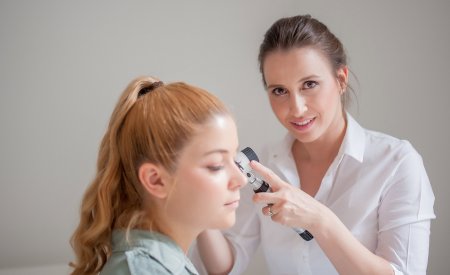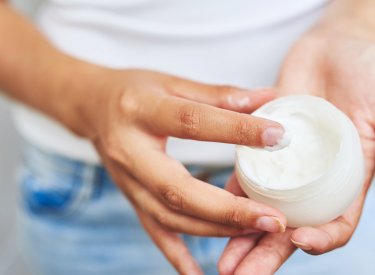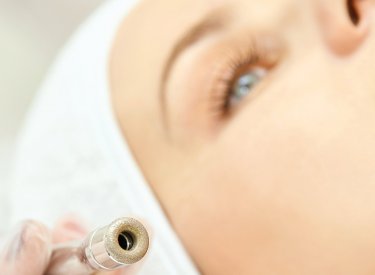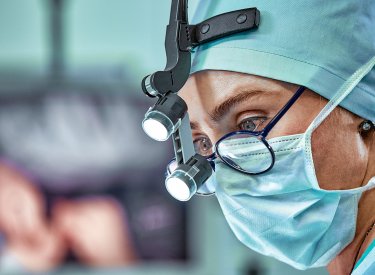Solutions & Treatments
Treating early minimises your red skin
Because red skin has so many different symptoms and can affect people in different ways, your dermatologist can tailor your rosacea treatment to your specific needs.

Solutions & Treatments
Because red skin has so many different symptoms and can affect people in different ways, your dermatologist can tailor your rosacea treatment to your specific needs.
You have persistently red skin on your face, yet you aren’t sure what might be provoking it. A number of factors, both internal and external, may be causing your redness, ranging from stress, hormones and emotions to spicy foods, sun exposure and hot drinks. Your try your best with your own skin care and daily regimen to reduce the redness – but it only works up to a point.
When red, blotchy, flushed skin on your face won’t go away, it’s best to consult your dermatologist.
Only he can properly diagnose the reasons for your red skin, based on your background and your environment. And it’s only with the right diagnosis that you are able to care for it properly.
As well, receiving an adapted medical treatment during the early stages of redness on your face limits its development in terms of spread, intensity and other symptoms.
A number of medical rosacea treatments exist according to the severity and persistence of your symptoms. With careful monitoring, it’s possible to alleviate red skin and restore your quality of life.
To complement your own skincare regimen using dermaceuticals, there are both medication and dermatological procedures that can help relieve and soothe red skin.
Because red skin has so many different symptoms and can affect people in different ways, your dermatologist will tailor your rosacea treatment to your specific needs.
The main objective of both topical and oral medications is to improve skin’s appearance and comfort, preventing the development of symptoms, or at the very least limiting them. These treatments act by constricting blood vessels to prevent flushing and redness, or clearing up papules, pustules, swelling and redness. It may be several weeks or months before you see an improvement.
Topical treatments include azelaic acid and antibiotics, both of which act as anti-inflammatories.

Oral treatments are usually antibiotics. They act faster than topical versions, and again, are prescribed for their anti-inflammatory properties. Tetracycline is often prescribed for ocular rosacea. For cases of severe rosacea, isotretinoin may be given, under close medical supervision.

If prescription medication does little to control or relieve your symptoms, your dermatologist may then consider procedures including light therapy, and surgery for extreme cases.
Intense pulsed light (IPL) therapy and laser treatments can shrink oversized blood vessels and spider veins, returning skin to a more even and natural colouring. Side effects are usually minimal.

Surgery may be the best option to correct disfigurement of the nose when rosacea has progressed to a severe stage. Usually performed with lasers, excess skin tissue is removed and the area is resculpted.
